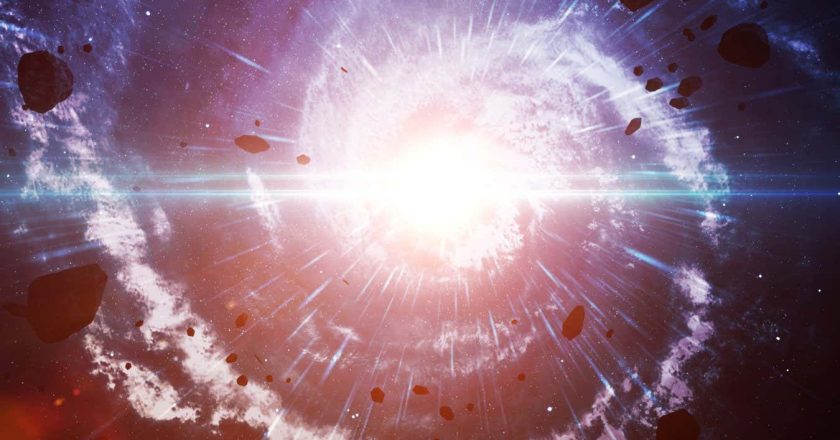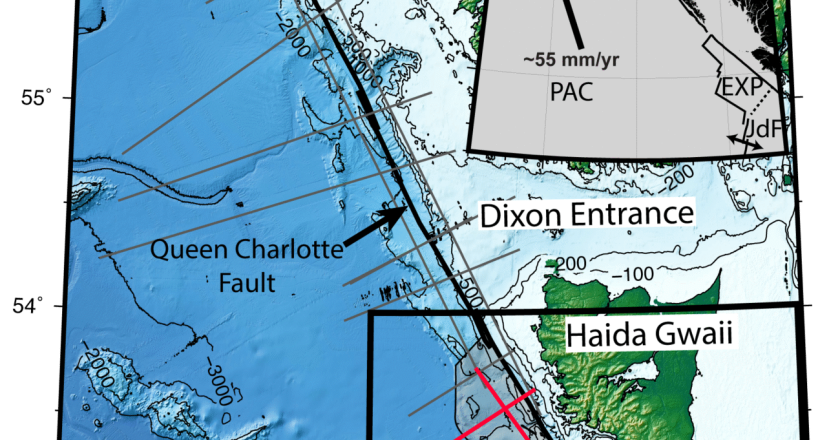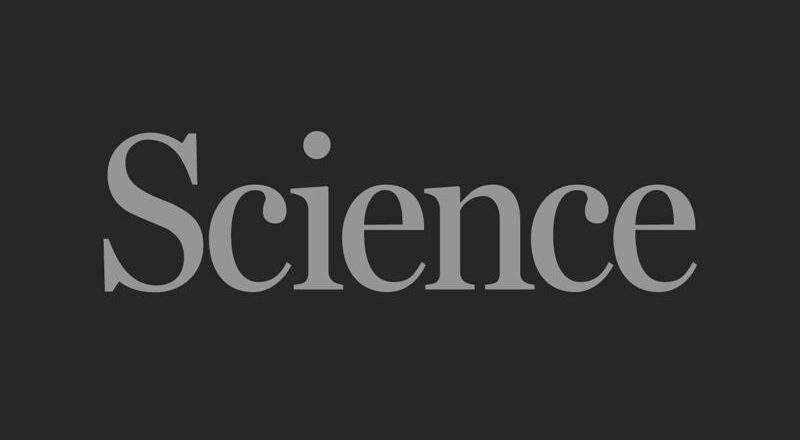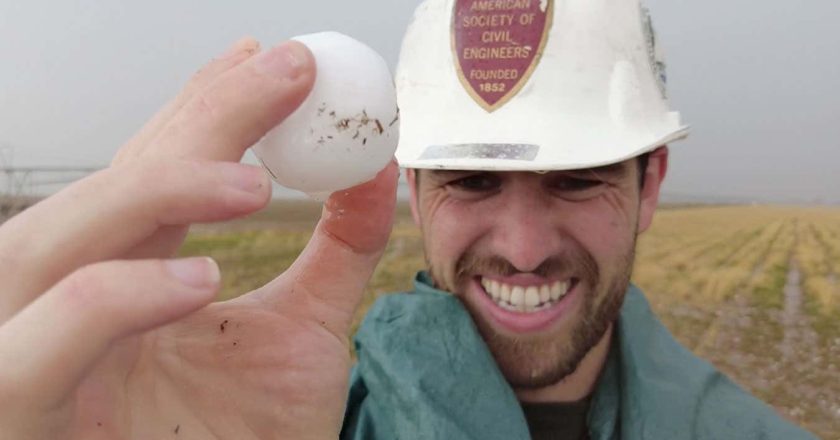Laws of quantum physics may rule out a universe that came before ours
Did the cosmos arise out of a big bounce from another universe?Vadim Sadovski/Shutterstock
Could our universe be expanding and shrinking back into a tiny point, reliving a kind of big bang over and over again? Probably not, according to a mathematical analysis that argues that the laws of physic forbid such a cyclic universe.
A key moment in the life of a cyclic universe is the big bounce, an alternative to the big bang as the beginning of the known universe. The big bang starts with a singularity – matter and energy packed into a point so dense that gravity becomes strong enough to elude the laws of physics as we understand them – followed by an endless outwards expansion. But if the universe began with a big bounce, we could look beyond what we think of as the b...




